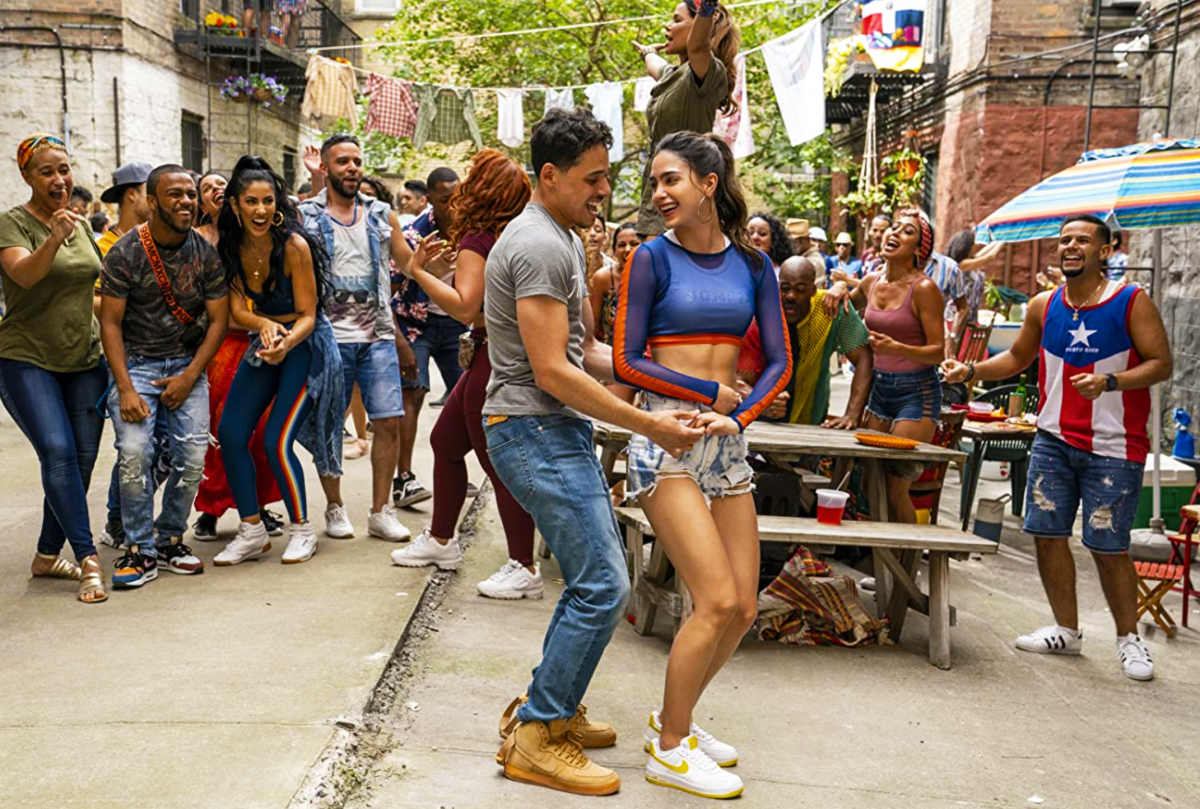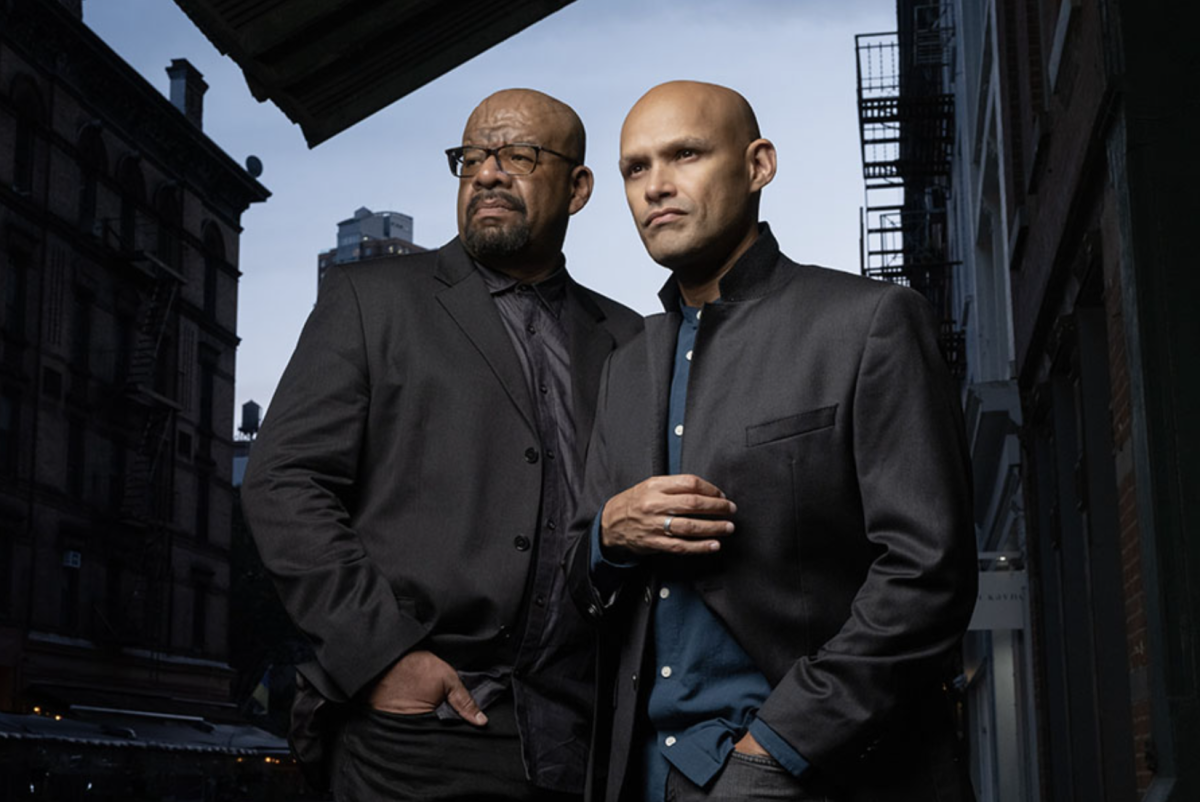Disclaimer: The following contains spoilers for an early-access viewing of In the Heights.
In 1999, during his sophomore year of undergraduate studies at Wesleyan University, Lin-Manuel Miranda wrote the first version of In the Heights. Based on his experiences growing up in New York as a child of Puerto Rican descent, the driving forces behind the musical were his love for his heritage and his gift for storytelling. By the time it hit Broadway in 2008 at the Richard Rodgers Theatre, it dazzled audiences with its blisteringly energetic hip-hop and salsa-inspired musical numbers and its heartfelt depiction of the Washington Heights neighborhood of New York City.
The same praise can be given to the musical’s upcoming film adaptation, directed by Jon M. Chu and scheduled for US release early this summer. The musical, centering around bodega owner Usnavi de la Vega (Anthony Ramos), follows the daily lives of characters in a close-knit Latin American community living in Washington Heights. They deal with the hurdles that come with being a minority in America — and the rapidly impending gentrification of their block.
The story kicks off with its eponymous opening song, a musical number that seamlessly establishes the daily rhythms of living in the Heights and the central conflicts of each of its primary characters. Usnavi, an orphan raised by his abuela Claudia (Olga Merediz), dreams of returning to the Dominican Republic, while Vanessa (Melissa Barrera) aspires to escape to a wealthier borough and Nina (Leslie Grace) struggles with the pressures of being a first-generation student of color at Stanford. At the center of it all is a winning lottery ticket whose owner is nowhere to be found.
Alongside the trademark, playful lyrical work of Miranda, the film manages to maintain the lively pace of the musical with its electrifying new choreography and creative decisions that take advantage of the cinematic medium. Characters float, dance on walls and interact with the world in ways only possible with the help of CGI. They are transported instantly from setting to setting with the help of film editing. Some of these decisions were at odds with the tone of the story, namely the more fantastical CG effects, whose steep contrast with the realism of the musical pulled me out of the narrative. Fortunately, these moments are scarce, and the majority of the numbers are a kinetic blend of computer-generated effects and practical mastery of dance choreography and stage acting.
Above all, the dedication to sharing the unique stories and struggles of Americans of Spanish and Latin American ancestry remained the beating heart of this story. Though the initial musical was written two decades ago, many of the obstacles faced by the characters remain the same. Nina’s feelings of isolation and lack of belonging as a first-generation student at Stanford are still familiar to many students of color in the U.S. Even Miranda himself likens his experiences to Nina’s, and describes feeling “a little out of [his] element” upon attending a predominately-white university. The long-standing relevance of In the Heights is even more proof that it is important for young audiences to see themselves in the media they consume. Knowing that you are not alone and that your experience is a story worth telling is a powerful thing to have, and I hope to see more Hollywood releases by creators of color in the future.
The stories woven throughout In the Heights resonate because they are written and performed with genuine love and respect for lived experiences. The story highlights the incredible amount of resilience of the community, exemplified by abuela Claudia’s old adage: paciencia y fe.
In the Heights will be available in theaters and streaming on HBO Max on June 11, 2021.






